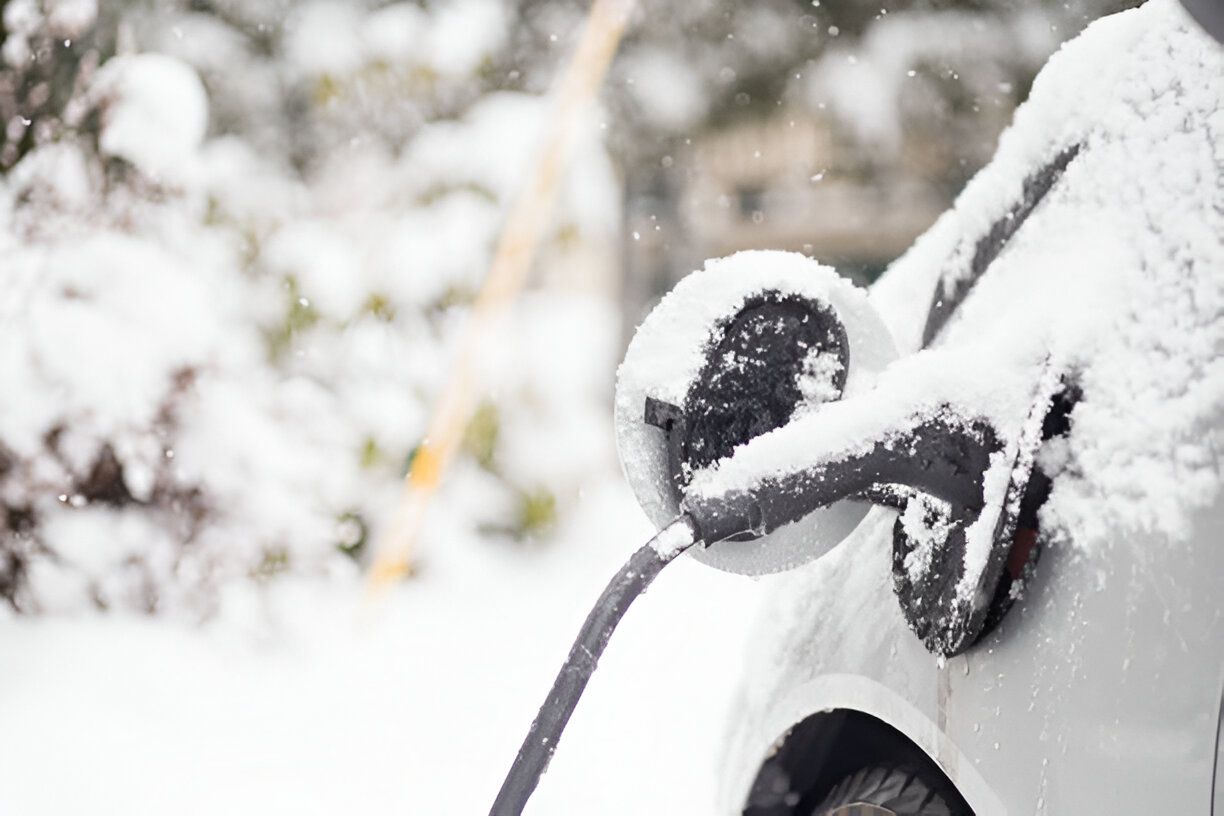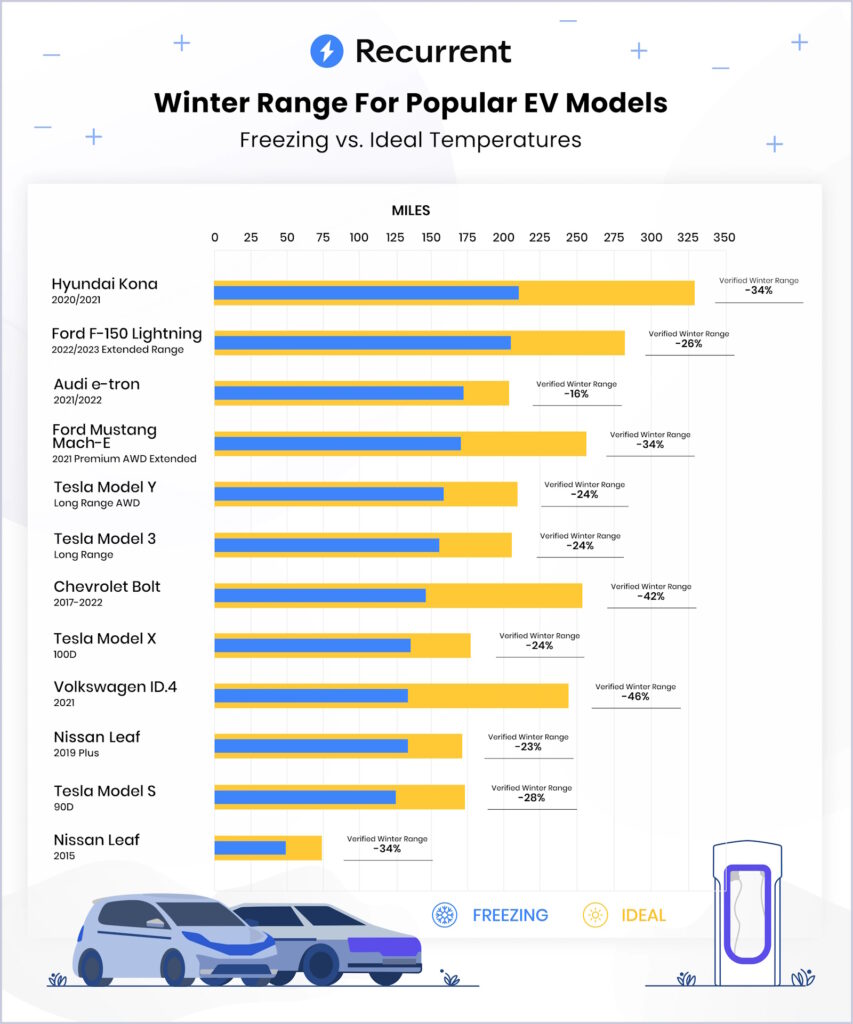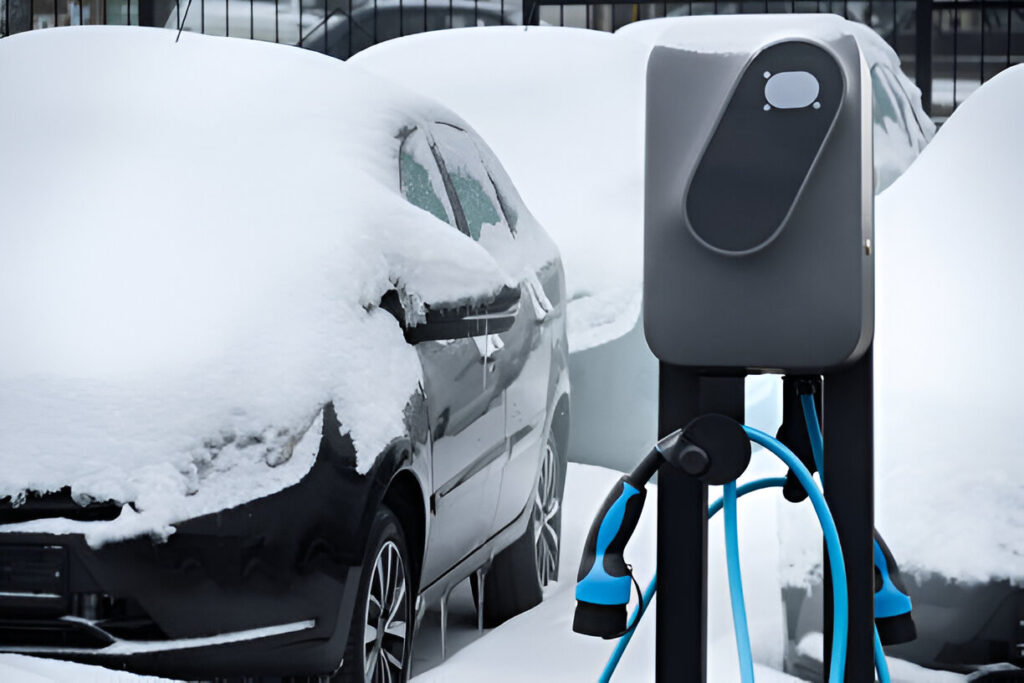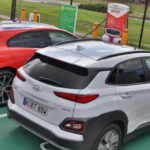

How Winter Affects Electric Vehicle Performance in Canada
For many Canadians considering the switch to electric vehicles, one question looms large: “How will my EV handle our brutal winters?” It’s a valid concern. While EVs continue to gain popularity across the country, the reality of Canadian winter driving presents unique challenges for electric vehicle owners. Let’s dive into what you can expect when temperatures plummet and how to keep your EV performing at its best.
The Cold Hard Truth About Range Reduction

The most significant impact winter has on EVs is reduced driving range. Battery chemistry simply doesn’t perform as efficiently in cold temperatures. On average, EV owners can expect:
- A 20-30% range reduction when temperatures hover around -10°C
- Up to 40-50% range loss in extreme cold (-30°C and below)
This happens for several reasons. The battery must divert energy to heat itself to operate optimally, chemical reactions in the battery slow down, and more energy is required for cabin heating compared to gas vehicles that utilize waste engine heat.
Real-world example: A Tesla Model 3 with a rated range of 500km might only deliver 350km in a typical January day in Toronto, and potentially just 250-300km during a cold snap in Edmonton or Winnipeg.
Charging Takes Longer Too
Cold batteries don’t just provide less range—they also charge more slowly. DC fast charging rates can decrease significantly when battery temperatures are low. What might take 30 minutes in summer conditions could stretch to 45-60 minutes in winter.
Many newer EVs feature battery preconditioning systems that warm the battery before reaching a charging station, but this feature itself consumes energy from your battery.

Practical Solutions for Canadian EV Owners
Despite these challenges, thousands of Canadians drive EVs year-round with minimal issues by adopting these strategies:
1. Precondition While Plugged In
Whenever possible, warm your EV while it’s still connected to a charger. Using grid electricity to heat the cabin and battery preserves your driving range. Most EVs allow scheduling this function through their app.
2. Garage Parking Makes a Difference
Even an unheated garage can keep your EV 10-15°C warmer than outside temperatures. This small difference significantly improves battery performance.
3. Adjust Your Driving Habits
- Use seat and steering wheel heaters instead of cabin heat when possible
- Drive at slightly lower highway speeds (100 km/h vs 120 km/h can preserve significant range)
- Allow more time for trips that push your vehicle’s winter range limits
4. Plan Charging Stops Strategically
The Canadian charging network continues to expand, but in winter, it’s wise to have a backup charging location identified. Apps like PlugShare, ChargeHub, and most vehicle manufacturer apps provide real-time information about charger availability and functionality.
Model-Specific Winter Performance
Not all EVs handle Canadian winters equally. Based on owner reports and testing:
- Strong Winter Performers: Vehicles with heat pumps instead of resistive heaters (many newer models), AWD models with sophisticated thermal management systems like the Hyundai Ioniq 5/Kia EV6, Volkswagen ID.4, and Tesla Model Y
- Adequate but Not Exceptional: Older EVs without heat pumps, including earlier Nissan Leaf models and first-generation Chevrolet Bolts
The good news: Each new generation of EVs brings improved cold-weather performance as manufacturers recognize the importance of this issue for northern markets.
The Canadian EV Ownership Experience is Evolving
While winter presents challenges for electric vehicles, the situation improves yearly:
- Charging infrastructure continues to expand along major highways and in urban centers
- Newer EVs incorporate more efficient heat pumps and improved thermal management
- Battery technology advances are slowly reducing cold-weather impacts
For most Canadian drivers, the reduced winter range remains manageable for daily commuting, which typically falls well within even the reduced winter range of modern EVs. For longer trips, some additional planning is necessary—but most owners report this quickly becomes second nature.
The Bottom Line
Yes, winter affects EV performance in Canada—there’s no getting around physics. However, with proper expectations and a few adaptations to your routine, electric vehicles remain practical and enjoyable year-round transportation options across the country. As one Toronto-based Model 3 owner told us: “After two winters, I wouldn’t go back to gas. The instant heat and reliability of starting even in -25°C weather more than make up for the extra planning on long trips.”
Are you an EV owner with winter driving tips to share? We’d love to hear your experiences in the comments section below!
Add a comment Cancel reply
Categories
- Car News (10)
- Car Reviews (7)
- Educational Tips (7)
- Electric Cars (9)
- EV Battery (1)
- EV Charging (8)
- EV Testing (3)
- Uncategorized (28)
Recent Posts
Related posts


EV Myths vs Facts What You Really Need to Know

The Green Revolution How EVs Are Leading the Way









